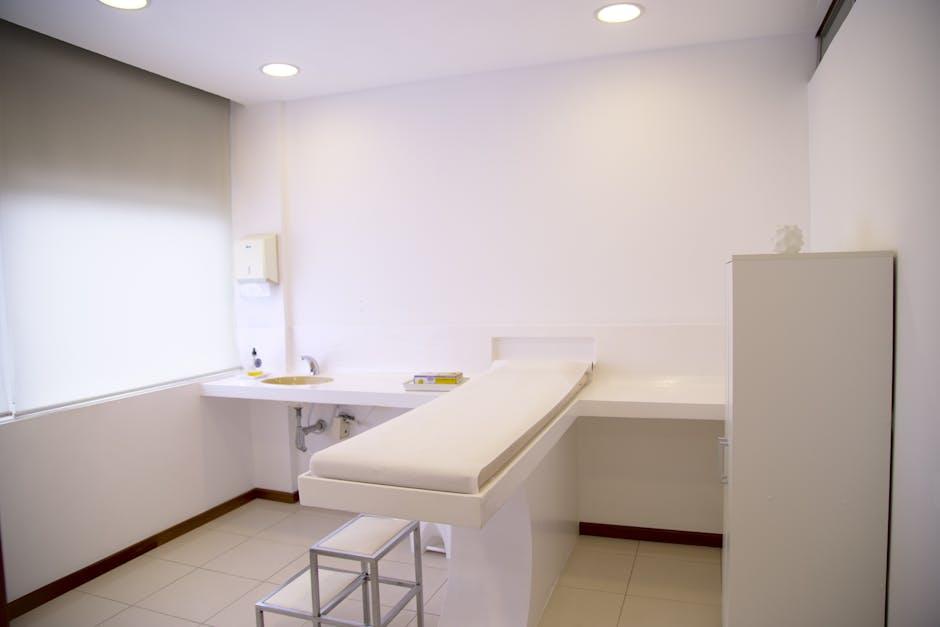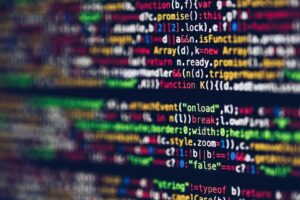How Data Clean Rooms Protect Privacy While Driving Insights
In today’s data-driven world, businesses are constantly seeking ways to unlock valuable customer insights while respecting privacy regulations. Data clean rooms have emerged as a powerful solution to this challenge, offering a secure environment where companies can collaboratively analyze data without exposing personally identifiable information (PII). This article explores how data clean rooms protect privacy, the benefits they bring, and practical tips for leveraging them to drive smarter business decisions.
What Are Data Clean Rooms?
Data clean rooms (DCRs) are secure, privacy-focused environments designed to enable multiple parties to share and analyze data collaboratively without compromising privacy or security. Unlike traditional data-sharing methods, data clean rooms restrict access to raw data and implement strict governance protocols, ensuring that sensitive information remains protected while enabling detailed insights.
Common use cases for data clean rooms include cross-company marketing attribution, audience segmentation, and customer journey analytics – all conducted in compliance with privacy laws such as GDPR and CCPA.
How Data Clean Rooms Protect Privacy
Data privacy protection is at the core of clean room technology. Here’s how data clean rooms safeguard user privacy while facilitating powerful insights:
- Data Anonymization & Hashing: Personal identifiers are anonymized or hashed before being ingested into the clean room, masking the identities of individuals.
- Restricted Access Controls: Only authorized personnel and systems can access aggregated or anonymized results, reducing the risk of data leaks.
- Secure Computation Techniques: Techniques like differential privacy, cryptographic protocols, and multi-party computation (MPC) help ensure individual data points cannot be re-identified.
- No Raw Data Export: Clean rooms prohibit downloading or exporting raw or individual-level data, allowing companies to only receive sanitized, aggregate insights.
- Audit Trails & Compliance: Comprehensive logs and governance frameworks help businesses stay compliant with data protection regulations such as GDPR, HIPAA, and CCPA.
Benefits of Using Data Clean Rooms for Businesses
Implementing a data clean room offers several advantages that help companies unlock the value of data while respecting customer privacy.
- Enhanced Data Collaboration: Different organizations can combine data sets safely to derive mutual insights without sharing raw data.
- Improved Marketing Effectiveness: Marketers can measure campaign impact across multiple platforms more accurately while respecting user privacy.
- Compliance with Regulations: Businesses reduce legal risks by adhering to stringent data privacy standards.
- Customer Trust and Loyalty: Demonstrating respect for privacy increases brand reputation and customer confidence.
- Data-Driven Innovation: Secure access to enriched data fuels innovation in product development, personalization, and strategic planning.
Data Clean Rooms vs Traditional Data Sharing
| Aspect | Data Clean Rooms | Traditional Data Sharing |
|---|---|---|
| Privacy | Strong privacy controls, anonymization, no raw data export | Often involves raw data sharing, higher risk of exposure |
| Security | Restricted access & secure computation methods | Depends on agreements; less standardized security |
| Collaboration | Enables joint analytics without revealing sensitive data | Limited due to privacy concerns and data silos |
| Regulatory Compliance | Designed to comply with GDPR, CCPA, HIPAA | Riskier and often requires complex contracts |
| Scalability | Scales for large combined data sets securely | Manual processes limit scalability |
Practical Tips for Implementing Data Clean Rooms
To maximize the value of a data clean room in your organization, consider the following steps:
- Define Clear Use Cases: Identify specific business problems or data collaborations that benefit from clean room analysis.
- Choose the Right Technology Partner: Select a clean room provider with proven privacy controls, transparency, and integrations with your existing data stack.
- Establish Governance Policies: Develop clear protocols for data ingestion, access management, and audit procedures.
- Educate Stakeholders: Ensure data scientists, marketers, and legal teams understand how clean rooms operate and their privacy implications.
- Monitor Compliance: Regularly audit clean room activity and update privacy measures as regulations evolve.
- Start Small and Scale: Pilot clean room initiatives with a limited data set or partner, then expand as confidence and expertise grow.
Case Study: Retail & Advertising Collaboration in a Data Clean Room
A leading retailer partnered with a digital advertising platform to measure in-store sales impact from online ad campaigns. By using a data clean room:
- Customer purchase data and ad exposure data were hashed and joined securely.
- Aggregated insights revealed which campaigns drove the highest ROI without exposing customer identities.
- The retailer improved targeting strategies while maintaining compliance with privacy laws.
- Both parties built trust through transparent governance and secure data handling.
Future Trends in Data Clean Room Technology
As data privacy regulations become stricter and customer expectations rise, data clean rooms will continue evolving. Key future trends include:
- Integration with AI & Machine Learning: Enabling more sophisticated predictive analytics within clean rooms.
- Increased Adoption Across Industries: Beyond marketing, sectors like healthcare and finance will leverage clean rooms.
- Open Standards & Interoperability: Facilitating seamless collaboration across diverse platforms and providers.
- Advanced Privacy Techniques: Deeper adoption of technologies like homomorphic encryption and zero-knowledge proofs.
Conclusion
Data clean rooms represent a pivotal innovation in balancing the need for rich data insights with stringent privacy protections. They empower businesses to collaborate and analyze data with confidence, ensuring compliance with regulations while maintaining customer trust. By embracing data clean rooms, organizations can unlock a new level of data-driven intelligence that fuels growth, optimizes marketing efforts, and safeguards privacy in an increasingly complex digital world.
Implementing data clean rooms strategically will prepare your business for the future of privacy-first data collaboration-where insights and respect for privacy go hand in hand.











